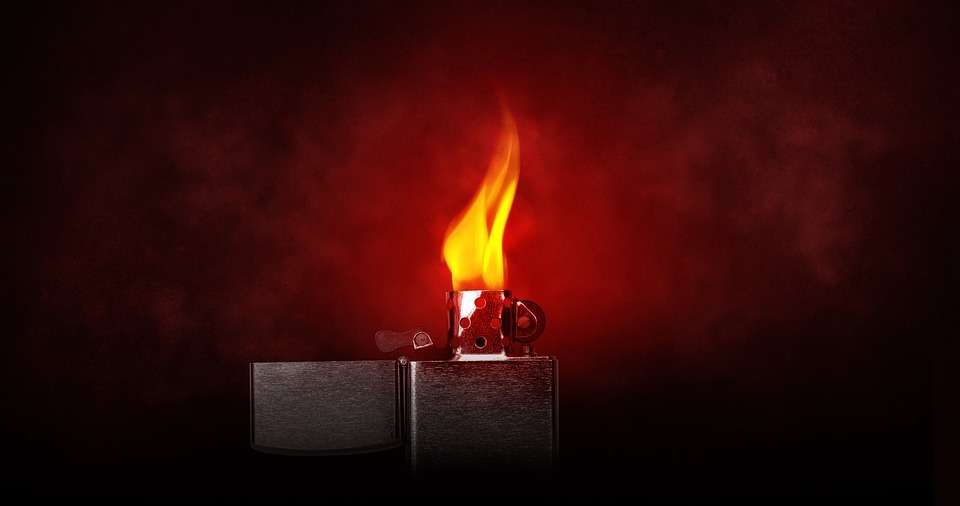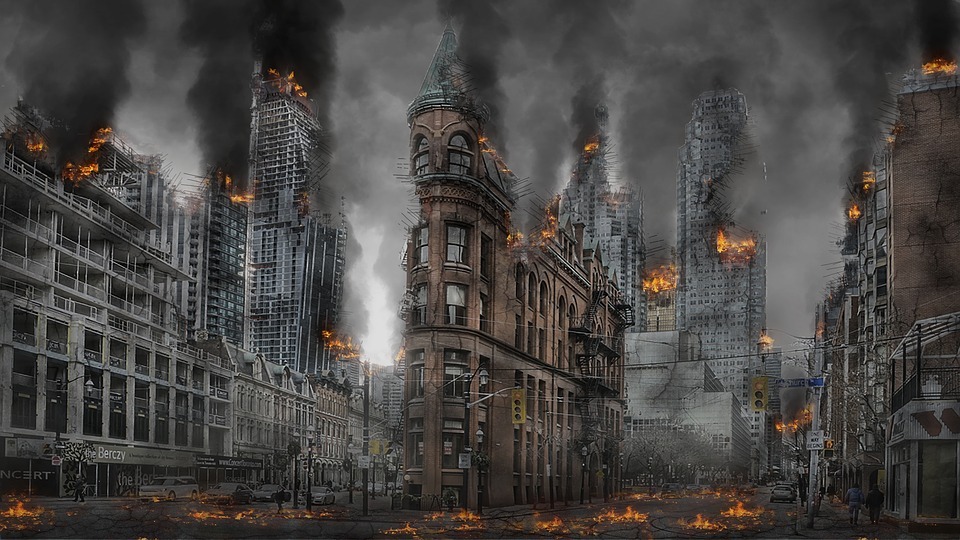Fire safety systems are an essential part of every building. Annual safety inspections confirm that your building adheres to the local safety codes, but they only warrant that minimum requirements are reached. Even if your building passes, there are still ways to protect further along with its residents.
Detection, notification, and response; are the three basic components of a fire safety system. The average building will have fire safety equipment in place that will detect heat and smoke and notify the occupants.
Most establishments will have placed a basic water sprinkler system that automatically activates when it senses a fire. There may also place fire hoses in different parts of the building to extinguish the fire more efficiently.
Although those might suffice, it will be more effective to install smoke curtains in addition to the regular fire safety equipment.
How Smoke Curtains Work
The water sprinkler systems, along with other equipment, are for fire extinguishing. This might serve well in protecting the building, but it still needs improvement in protecting its occupants.
In the National Fire Protection Association (NFPA) statistics, the cause of death is more likely to be smoke inhalation rather than the fire itself. An estimate of about 40% to 50% of casualties was caused solely by inhaling smoke.
To protect an establishment’s occupants and prevent them from acquiring injury, you need to protect them from both the flames and smoke inhalation.
Installing smoke curtains is the perfect solution for smoke control. It’s easy to install them into buildings, and they also work well with the other fire safety systems in place.
Smoke curtains are not similar to other smoke control equipment as they stand as a physical barrier against smoke instead of an exit. When activated, the smoke curtain will vertically expand from its housing from the ceiling. This equipment can seal off elevators and doorways and provide an independent border around atriums and staircases without walls.
ADVANTAGES OF INSTALLING FIRE AND SMOKE CURTAINS
Blends in easily
One of the great things about smoke curtains is that they stay completely invisible when not in use and remain folded inside their housing overhead. Once a fire breaks out, the smoke curtains unravel themselves in a controlled approach. The deployment of the curtains will be triggered by a signal from the fire security system, and within seconds, they can provide a sturdy barrier in a fire zone, which prevents smoke and fire from spreading to other parts of the establishment.
Provides Protected Ways Of Escape
During a fire, the typical escape route inside a building would be by a concrete or brick corridor. However, modern advancement to the structural designs of buildings doesn’t allow for a safe escape route. Using a smoke curtain will provide you with protected ways of escape.
Easy to Install
Smoke curtains come in different sizes as well as different mounting methods. They can be easily installed in any establishment area and can suit all sorts of ceiling configurations. Additionally, smoke curtains are made of heat-resistant flexible fabric and are impenetrable by smoke and hot gasses. They can also effortlessly endure smoke and hot air for up to 1112°F for around 2 hours.
Styles and Applications
Smoke curtains have four main types: Draft, Elevator, Perimeter, and Vertical. Each style is compatible with the rest of the fire safety systems and can be installed to deploy automatically when a smoke or fire sensor is activated.
1. Draft Curtains
These smoke curtains are a type of static curtains usually placed in warehouses and manufacturing settings. The typical retail and office buildings won’t probably require draft curtains, but expansive, open facilities with high ceilings should consider installing them.
Draft curtains don’t create a total barrier against smoke; rather, they break up the airflow on the ceiling. These curtains should be placed near the exhaust events to reduce the speed the smoke travels and push it out by the vents.
2. Elevator Smoke Curtains
These types of curtains block smoke from going in and out of elevator doors. As elevator shafts usually prompt air to be drawn upward into the roof of the building, the smoke can instantly spread to other floors during a fire.
3. Perimeter Curtains
Perimeter curtains are ideal for containing smoke in buildings with escalators or large open staircases. They operate similarly to vertical curtains; one difference is they form an independent boundary rather than blocking off just one entryway and doesn’t require the presence of corner posts or walls. These curtains are specifically designed to slow down flames, but they also help slow down the flow of smoke.
4. Vertical Smoke Curtains
These smoke curtains are usually for closing openings of standard doorways to more open atriums. They can be installed within the ceiling just above the opening and deploy downwards, preventing smoke from spreading and exiting through the building.
Smoke curtains are easy to install and manage. Not only are they very effective at protecting the building’s occupants from inhaling smoke, but they also reduce the damage smoke and heat bring to the building.


